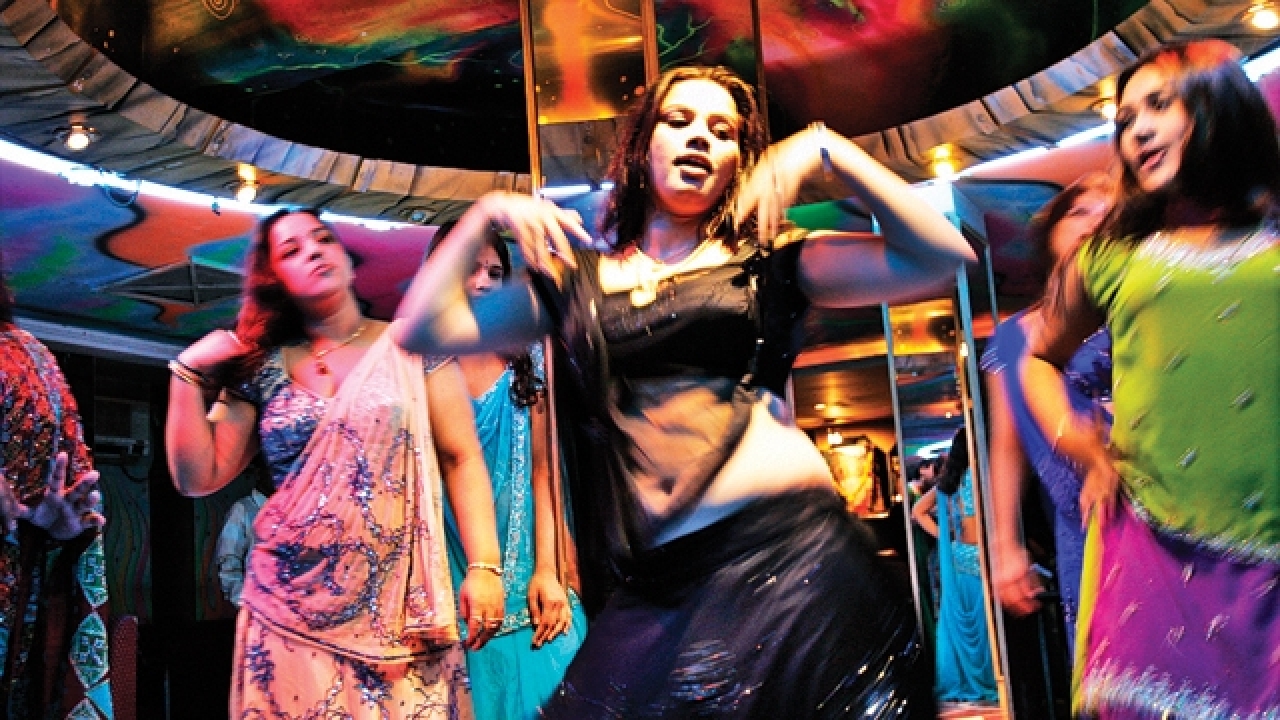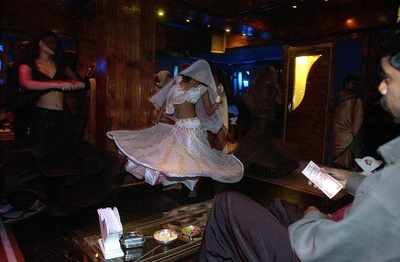Feature
Jobless bar dancers can now earn livelihood after removal of ban on profession

Bar dancers, who were abruptly rendered jobless after the Maharashtra government shut down dance bars on August 15, 2005, hailed the Supreme Court verdict permitting conditional re-opening of these joints, here on Thursday.
Bharatiya Bar Girls’ Union (BBGU) President Varsha Kale said that the dancers have been fighting for it since nearly 15 years and finally now the dance bars have been allowed to resume operations.

“The closure in 2005 left many thousands suddenly unemployed, many fell ill and died. Their female children were forced into prostitution. But, now things should change,” Kale, a co-petitioner for re-starting dance bars, told shortly after the verdict.
However, official sources said on Thursday that the government was still not in favour of re-starting dance bars and might consider going in for a review plea in the Supreme Court.
A former dancer in a prominent suburban bar, Kiran M., said that the verdict will provide jobs to lakhs of semi-literate girls who throng Mumbai from all across the country for employment opportunities but are rejected by different organisations.

“They don’t get proper jobs as they lack either qualifications or experience. Many end up doing low-paying menial jobs, or fall victim to social evils. Now, with the dance bars getting a green signal, we are hopeful of a better future,” she explained.
Kale said that the stakeholders would study the issue pertaining to the licensing norms of the Maharashtra government, which was challenged.
“We don’t expect dance bars to become functional immediately till the licensing authorities do the needful, though there is a huge demand from various quarters.”
The dance bars were shut down during the erstwhile Congress-Nationalist Congress Party rule by the then Home Minister, the late R. R. Patil.
During its heydays, there were an estimated five-six lakhs dancers working in 2,800 legal and many other unauthorised dance bars spread across Mumbai, Thane, Raigad, Pune, adjacent to state highways, supporting a few lakh others comprising support staffer, allied businesses and families.
Entertainment
Meghalaya Reserves Legalized Gambling and Sports Betting for Tourists

The State Scores Extra High on Gaming-Friendly Industry Index
Meghalaya scored 92.85 out of 100 possible points in a Gaming Industry Index and proved to be India’s most gaming-friendly state following its recent profound legislation changes over the field allowing land-based and online gaming, including games of chance, under a licensing regime.
The index by the UK India Business Council (UKIBC) uses a scale of 0 to 100 to measure the level of legalisation on gambling and betting achieved by a state based on the scores over a set of seven different games – lottery, horse racing, betting on sports, poker, rummy, casino and fantasy sports
Starting from February last year, Meghalaya became the third state in India’s northeast to legalise gambling and betting after Sikkim and Nagaland. After consultations with the UKIBC, the state proceeded with the adoption of the Meghalaya Regulation of Gaming Act, 2021 and the nullification of the Meghalaya Prevention of Gambling Act, 1970. Subsequently in December, the Meghalaya Regulation of Gaming Rules, 2021 were notified and came into force.
All for the Tourists
The move to legalise and license various forms of offline and online betting and gambling in Meghalaya is aimed at boosting tourism and creating jobs, and altogether raising taxation revenues for the northeastern state. At the same time, the opportunities to bet and gamble legally will be reserved only for tourists and visitors.
“We came out with a Gaming Act and subsequently framed the Regulation of Gaming Rules, 2021. The government will accordingly issue licenses to operate games of skill and chance, both online and offline,” said James P. K. Sangma, Meghalaya State Law and Taxation Minister speaking in the capital city of Shillong. “But the legalized gambling and gaming will only be for tourists and not residents of Meghalaya,” he continued.
To be allowed to play, tourists and people visiting the state for work or business purposes will have to prove their non-resident status by presenting appropriate documents, in a process similar to a bank KYC (Know Your Customer) procedure.
Meghalaya Reaches Out to a Vast Market
With 140 millions of people in India estimated to bet regularly on sports, and a total of 370 million desi bettors around prominent sporting events, as per data from one of the latest reports by Esse N Videri, Meghalaya is set to reach out and take a piece of a vast market.
Estimates on the financial value of India’s sports betting market, combined across all types of offline channels and online sports and cricket predictions and betting platforms, speak about amounts between $130 and $150 billion (roughly between ₹9.7 and ₹11.5 lakh crore).
Andhra Pradesh, Telangana and Delhi are shown to deliver the highest number of bettors and Meghalaya can count on substantial tourists flow from their betting circles. The sports betting communities of Karnataka, Maharashtra, Uttar Pradesh and Haryana are also not to be underestimated.
Among the sports, cricket is most popular, registering 68 percent of the total bet count analyzed by Esse N Videri. Football takes second position with 11 percent of the bets, followed by betting on FIFA at 7 percent and on eCricket at 5 percent. The last position in the Top 5 of popular sports for betting in India is taken by tennis with 3 percent of the bet count.
Local Citizens will Still have Their Teer Betting
Meghalaya residents will still be permitted to participate in teer betting over arrow-shooting results. Teer is a traditional method of gambling, somewhat similar to a lottery draw, and held under the rules of the Meghalaya Regulation of the Game of Arrow Shooting and the Sale of Teer Tickets Act, 2018.
Teer includes bettors wagering on the number of arrows that reach the target which is placed about 50 meters away from a team of 20 archers positioned in a semicircle.
The archers shoot volleys of arrows at the target for ten minutes, and players place their bets choosing a number between 0 and 99 trying to guess the last two digits of the number of arrows that successfully pierce the target.
If, for example, the number of hits is 256, anyone who has bet on 56 wins an amount eight times bigger than their wager.











